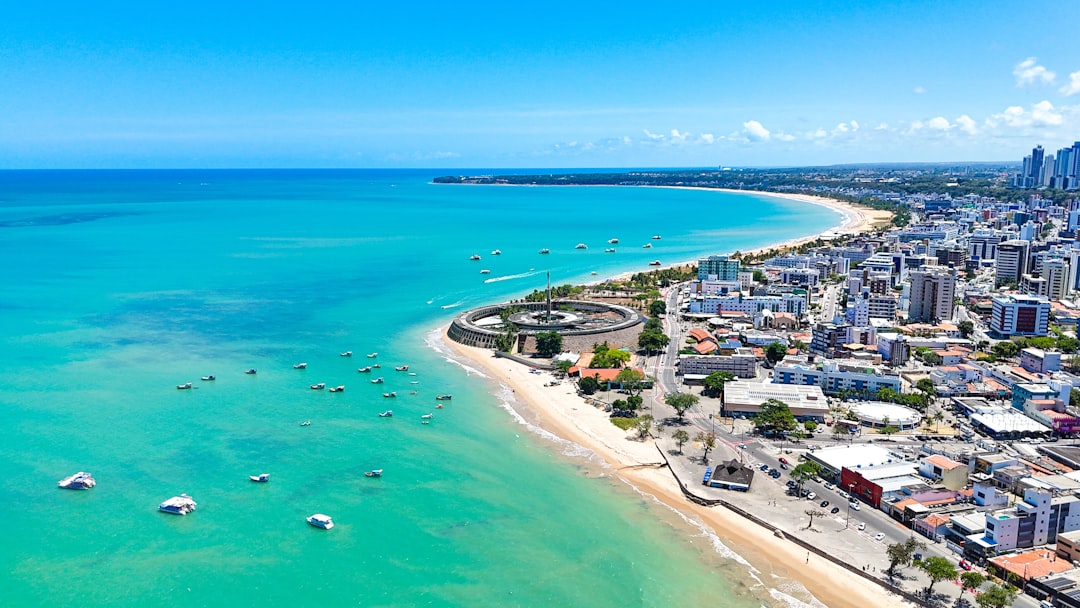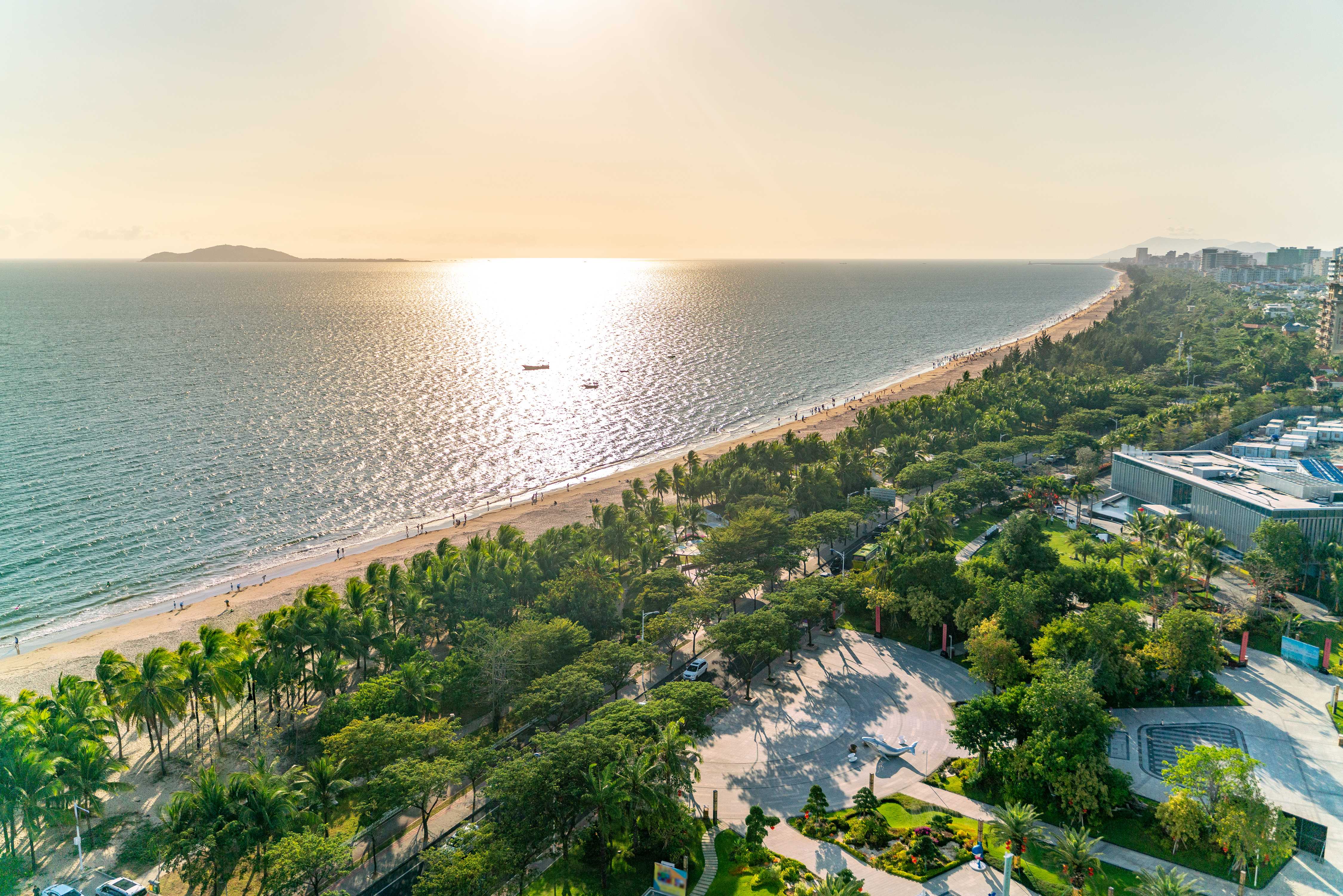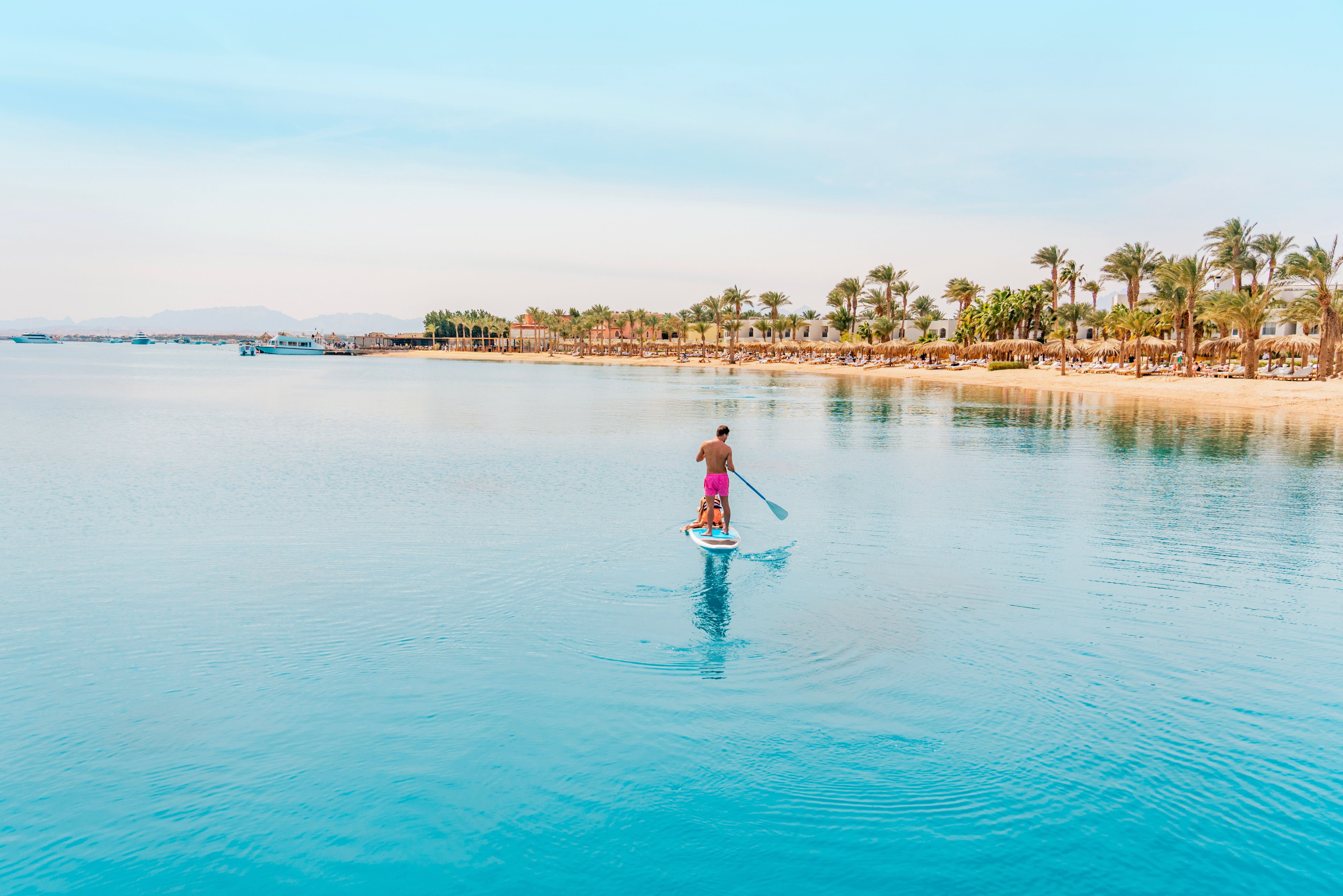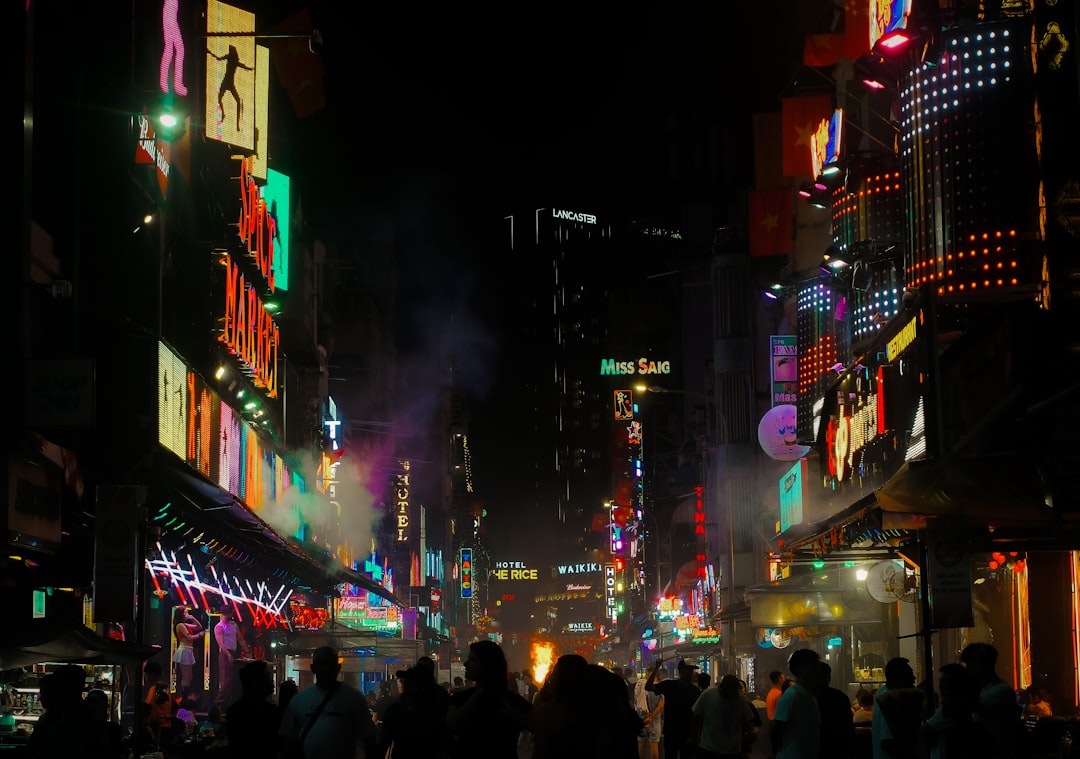The travel landscape is shifting dramatically in 2025, with unexpected destinations stealing the spotlight while former hotspots struggle to maintain their grip. From Brazilian beach towns to Norwegian Arctic cities, this year’s travel trends reveal a fascinating story of changing preferences and seasonal strategies that smart travelers need to know.
Many travelers are adjusting their travel budgets for 2025, setting the stage for a year where travel budgets grow but destination choices become far more strategic.
The Surprising Champion: João Pessoa Takes the Crown

João Pessoa, a port city in northeastern Brazil, reportedly saw significant increases in travel interest. This Brazilian coastal gem has emerged from relative obscurity to become 2025’s most searched destination. What makes this particularly surprising is that most travelers have never even heard of this northeastern Brazilian city.
This coastal city, João Pessoa offers something far more valuable to modern travelers: authenticity without the crowds. The city is known as the “Sun Gate” and is admired as one of the greenest locations in the world.
Summer months from November to March are the best time to visit João Pessoa, though prices may be higher during this high season. For budget-conscious travelers, the sweet spot falls between September and November when rainfall is at its lowest.
Arctic Dreams: Tromsø’s Meteoric Rise

Tromsø, northern Norway’s largest city and a go-to stargazing and Northern Light hot spot, has seen growing interest from travelers. This Arctic city has become the poster child for the growing “noctourism” trend, where travelers seek darker skies and cooler temperatures.
The timing couldn’t be more critical for Tromsø visitors. November to February offers the most spectacular experiences, including peak Northern Lights viewing, whale watching, dog sledding, and unique winter festivals. However, the best time for whale watching runs from November until mid-January.
For those who prefer milder conditions, summer brings the Midnight Sun season from mid-May to late July, offering a completely different but equally magical experience.
China’s Coastal Contender: Sanya’s Surge

Sanya, a gorgeous beach destination on Hainan Island in China, has experienced increased search activity. This tropical paradise has positioned itself as Asia’s answer to Caribbean destinations, offering pristine beaches without the long-haul flight times for Asian travelers.
The destination benefits from China’s growing domestic travel market and increasing international recognition. What sets Sanya apart is its year-round tropical climate and luxury resort infrastructure that rivals any global beach destination.
Europe’s Hidden Gems Find Their Moment

Several destinations in Europe, including Italy’s Trieste and Norway’s Tromsø, have seen increasing interest from visitors all over the world. These secondary cities offer the cultural richness of major European destinations without the overwhelming crowds and inflated prices.
Trieste, in particular, represents a fascinating trend where travelers seek authentic Italian experiences away from the Rome-Florence-Venice circuit. The city offers Habsburg architecture, coffee culture, and Adriatic coastline access at a fraction of mainstream Italy’s cost.
Summer 2025’s Unexpected Champion: Hurghada

Hurghada, Egypt, tops the global trending destination list this summer, with families drawn to its warm climate, easy resort access, and world-class diving along the Red Sea. This Red Sea resort town has capitalized on travelers seeking reliable sunshine and underwater adventures.
The destination offers exceptional value for money, particularly for European travelers seeking guaranteed sunshine without the premium pricing of traditional Mediterranean hotspots. Its appeal lies in combining luxury resort amenities with some of the world’s best diving and snorkeling opportunities.
The Accommodation Revolution: Space is the New Luxury

Alternative accommodations continue growing in popularity, with a 10 percent increase in searches for unique properties compared to last summer, as travelers seek more space, comfort, and authenticity. Villas and holiday homes lead this transformation.
Group travelers show growing interest in riads and holiday homes, with searches up by 16 percent and 12 percent, respectively. This shift reflects post-pandemic preferences for private spaces and authentic local experiences over standardized hotel offerings.
The Timing Revolution: When Smart Travelers Go

The concept of peak season is being redefined as travelers become more strategic about timing. As global temperatures continue to rise, people increasingly plan trips around destinations offering activities during cooler evenings and early mornings, wanting to spend less time in the sun during uncomfortable daytime heat.
This “noctourism” trend means that traditional shoulder seasons are becoming the new peak times for many destinations. Smart travelers are discovering that September through November often provides the perfect balance of good weather, fewer crowds, and reasonable prices.
Technology Reshapes Travel Planning

Travelers are re-thinking how they travel, defying convention to discover less crowded destinations, embark on luxurious longevity retreats, or opt for more nocturnal activities to beat rising temperatures. Technology plays a crucial role in this transformation.
Nearly two-thirds of travelers hope to use technology to find less crowded areas, with 23 percent already using apps to tackle overcrowding in real time. This represents a fundamental shift in how destinations are discovered and experienced.
The Group Travel Renaissance

Group travel is gaining momentum this summer, with one in five global travelers planning trips with friends, led by Gen Z, with 33 percent opting for group getaways. This trend is reshaping destination preferences and accommodation choices.
Young travelers particularly seek experiences combining social connection with nature, with 36 percent prioritizing activities like stargazing and outdoor adventures. This aligns with the broader movement toward natural landscapes and authentic experiences.
The Losers: Traditional Hotspots Feel the Pressure

While specific losing destinations weren’t explicitly named in Booking.com’s data, the trends clearly indicate that overcrowded traditional hotspots are falling out of favor. Sixty-seven percent of travelers actively seek less crowded destinations, suggesting that places like Barcelona, Amsterdam, and Venice may see reduced interest.
The shift toward secondary cities and off-the-beaten-path destinations means that any location struggling with overtourism will likely see decreased appeal. Travelers are actively avoiding destinations that have become Instagram clichés or suffer from overwhelming crowds.
Budget-Conscious Luxury: The New Travel Paradigm

With 56 percent of travelers intending to be thriftier on their trips and 68 percent tightening budget planning to maximize experiences, 2025 represents a year where smart spending trumps flashy destinations.
This trend benefits emerging destinations that offer luxury experiences at lower price points. Countries with favorable exchange rates or lower cost bases are positioned to capture significant market share from traditional expensive destinations.
The Best Time Strategy: Month-by-Month Mastery

Understanding seasonal patterns has become crucial for modern travelers. For Northern Hemisphere destinations, the traditional July-August peak is being replaced by shoulder season preferences. For Southern Hemisphere locations, the opposite holds true.
The key insight is that the “best time” is increasingly about avoiding crowds rather than chasing perfect weather. Travelers are willing to accept slightly less ideal conditions in exchange for authentic experiences and reasonable prices.
Conclusion: The New Geography of Travel

2025 marks a pivotal year where travelers are rewriting the rules of destination selection and timing. The winners are places that offer authenticity, value, and unique experiences without overwhelming crowds. João Pessoa’s stunning rise and Tromsø’s Arctic appeal demonstrate that travelers are hungry for genuine discoveries.
The biggest insight for 2025 is that the best time to go anywhere is when others aren’t going there. Smart travelers are embracing shoulder seasons, emerging destinations, and alternative accommodations to create richer, more affordable, and more memorable experiences.
What surprises you most about these travel trends? Are you ready to swap that crowded European summer for a Brazilian winter adventure?
